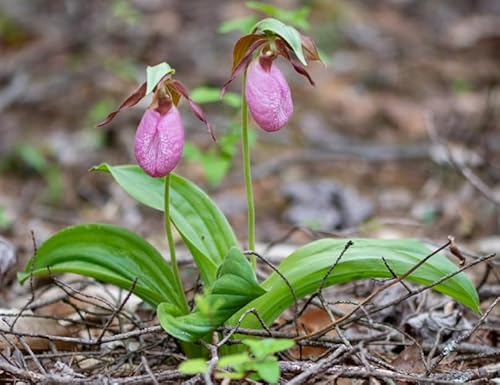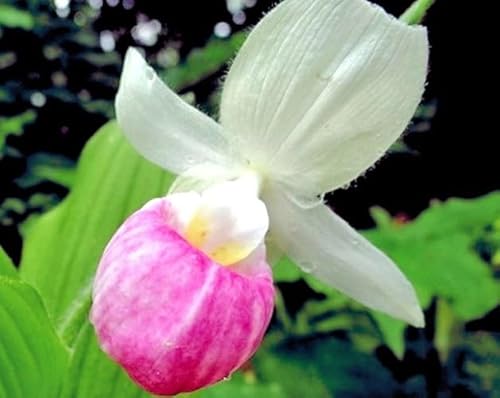Lance and Ray, If there is not enough overall fertilizer, then why did MSU work? The plants had been growing under these conditions since 2009.
That is a good question and I am thinking about it. There are a lot of possibles to consider.
Or do you mean that with K lite the growth and blooming is more, so the plant needs more nutrients than previously?
That would be a simple easy explanation but we can do better.
Keithrs, I have used Osmocote in the past, I had serious issues with it, much much worse than what I have now.
We had problems with Osmocote also, but that was years ago when it was new. Maybe they have fixed the problem but at the time the membrane did not release all of the nutrients.












